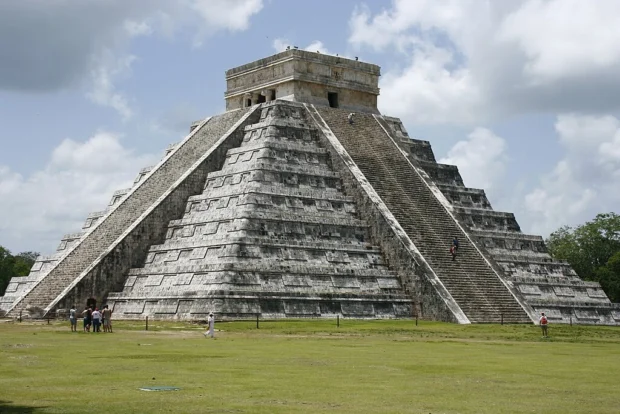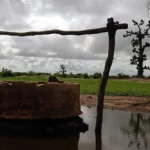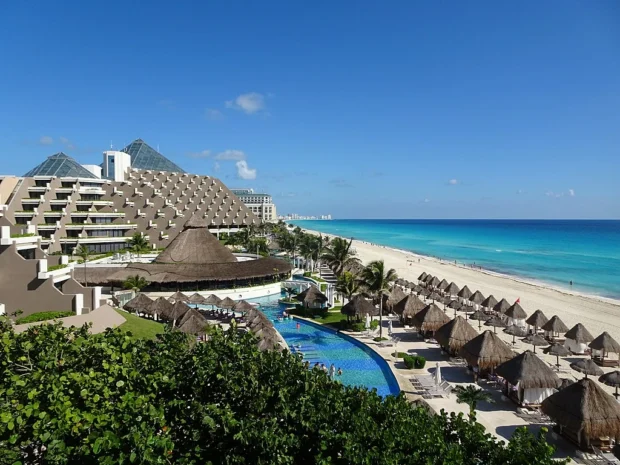When I arrived in Cancun, I was not sure what to expect besides sun and sand. This city, sitting on the Caribbean Sea, offers much more than its famous turquoise waters and powdery white beaches. Cancun is a lively place where ancient stories meet modern life, and the food tells a tale of Mexico’s rich culinary history. My days were filled with colorful sights, interesting people, and flavors I had never tasted before. If you think Cancun is only about relaxing by the ocean, think again. Let me take you through some of the best parts of this city, with tips you will find useful for your own trip.
Table of Contents
Sun, Sea, and Something More: What Makes Cancun Special
Cancun’s beaches are the main attraction, and it’s easy to see why. The water is a clear blue-green shade that almost glows under the sun. You can spend hours walking along the shore or swimming in the warm sea. But there’s more than just beaches here. Close to the hotel zone, you can find the ruins of El Rey, a small ancient Mayan site. It is quieter than the big ruins outside the city, so you get a peaceful walk among stone temples and curious iguanas.
Near Cancun, the Tulum Ruins offer a closer look at ancient Mayan life perched on the Caribbean coast.
For a full experience of Maya history beyond Cancun’s city, visiting Chichen Itza’s ancient ruins is a worthwhile journey just a few hours away.
A fun fact I learned is that Cancun was built as a tourist city only in the 1970s. Before that, it was mostly empty land with small fishing villages. The government decided to create a beach city to attract visitors, and now it’s one of Mexico’s top travel spots. This mix of new and old gives Cancun a special energy.

Local Flavors That Dance on Your Tongue
Food here is a celebration of the Yucatan Peninsula’s history and nature. One dish that caught my attention was cochinita pibil: slow-roasted pork marinated in achiote paste and sour orange juice. It’s cooked underground traditionally, which gives it a smoky, tender taste that melts in your mouth. I found this dish in small eateries near downtown Cancun, far from the tourist areas. Eating it with pickled red onions made me understand why locals love it so much.
Another must-try is fresh ceviche, made with the catch of the day like shrimp or fish, mixed with lime juice, onions, and chili. It’s refreshing and slightly spicy, perfect for a hot day. I liked to pair it with a glass of agua fresca, a fruit drink that cools you without the heaviness of sodas. The flavors reminded me of fresh summer salads but with a punch of the sea.
In the hotel zone, you might find international restaurants, but I advise trying street food stalls and mercados (markets). Mercado 28 in downtown Cancun is a colorful place where you can sample many local foods and buy handmade crafts. It’s a lively spot full of smells, colors, and friendly faces.

Getting Around Cancun: Tips for Easy Travel
Cancun’s airport is just a short ride from the city center. Instead of taxis, many visitors use buses that run often between the airport and main areas. These buses are affordable and reliable. Once in the city, public buses cover the hotel zone and downtown well, and they are easy to use once you get the hang of the routes. Walking is also a good choice in the hotel zone where many attractions and beaches are close to each other.
One thing I found helpful was talking to locals about the best way to reach places. They often gave me advice about safe and quick routes. I also learned that renting a bike or scooter can be fun if you want to explore quieter parts away from traffic.
After enjoying Cancun’s beaches and local culture, you might appreciate our guide to Mexico City’s landmarks and food, another fascinating Mexican destination.
Customs and Culture: What to Know Before You Go
People in Cancun are warm and friendly, but it’s good to respect some customs. For example, greeting with a simple “hola” or “buenos días” goes a long way. When eating, it’s polite to wait until everyone has food before starting. Also, tipping is common in restaurants and for service workers; around 10-15% is usual.

One of the interesting customs is the celebration of Día de los Muertos (Day of the Dead), which happens every November. Though it’s more famous in central Mexico, Cancun hosts colorful events with decorated altars and traditional music. I was lucky to join a small local celebration and see how families honor their ancestors with food and flowers.
Many Cancun residents are proud of their Mayan roots, and you can feel this pride in art shops and cultural centers. For example, the Museo Maya de Cancun shows artifacts and explains the history of the Mayan people in a modern and easy-to-understand way. If you want to learn more about this ancient culture, visiting the museum is a great idea. You can check their official website for current exhibits and times.
Quiet Corners and Surprising Finds in Cancun
While the hotel zone bustles with tourists, I found quiet places that felt like a secret gift. One day, I wandered to Punta Nizuc, a peaceful area with calm waters ideal for snorkeling. The coral reefs here are part of the Mesoamerican Barrier Reef, second largest in the world. Swimming among colorful fish and waving corals was like entering a different world.

Another spot to relax is Parque de las Palapas, a park where locals gather especially at night. Here, you can enjoy live music, street food, and small shops selling handicrafts. The atmosphere is cheerful and casual, very different from the polished hotels. It is a great place to meet people and feel the city’s heartbeat.
Why Cancun’s Beaches Feel Different
Unlike some other beach cities, Cancun’s sand is made from tiny pieces of coral, crushed by waves over thousands of years. This makes the sand very soft and white, almost like sugar. This detail surprised me because it means the beaches here are part of a natural cycle connected to the sea life around. It’s a reminder that Cancun’s beauty is not only fun but also fragile.
Where to Stay for an Authentic Cancun Feeling
Instead of choosing only big hotel resorts, I spent some nights in guesthouses and small apartments in the downtown area. This way, I could walk to markets, restaurants, and parks more easily. The neighborhoods here are quieter and less expensive than the hotel zone but still safe and friendly.

If you prefer to be near the beaches and nightlife, the hotel zone has many options. But even there, try to pick places that support sustainable tourism or local businesses. This choice helps the community and often offers more personal service.
One tip: book your lodging early if you travel during holidays or spring break. Cancun gets very busy during these times, and prices go up quickly.
Final Thoughts on Cancun’s Allure
Cancun is a city of contrasts: modern hotels meet ancient ruins, busy markets mix with quiet coral reefs, and spicy food shares space with sweet fruit drinks. My time here was a mix of sun-filled days and warm, flavorful nights. I learned that Cancun is more than a beach to rest on-it is a place with stories to share and tastes to remember.

Whether you come to swim in the sea, learn about Mayan culture, or simply enjoy good food under the sun, Cancun will welcome you with open arms and a warm smile. Pack your curiosity and an appetite for life. This city will fill you up in every way.

- Cancun (Mexico, November 2018) – 2 (50999324412) by Bruno Rijsman on Wikimedia Commons – cc by-sa 2.0
- 2007-06-22 Chichen Itza – 023 by markbyzewski on Wikimedia Commons – cc by 2.0
- Mexique Tulum 14 by Daniel Lepoittevin on Wikimedia Commons – cc by-sa 3.0
- El Meco Site Cancun, Mexico (8950917439) by Kirt Edblom from Albany, Oregon, United States on Wikimedia Commons – cc by-sa 2.0
- Museo Maya de Cancun by David Stanley from Nanaimo, Canada on Wikimedia Commons – cc by 2.0
- Playa Delfines – panoramio by jc_castaneda on Wikimedia Commons – cc by-sa 3.0
